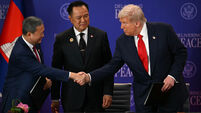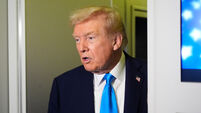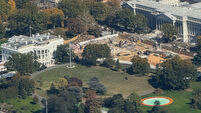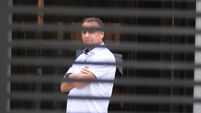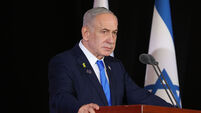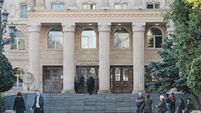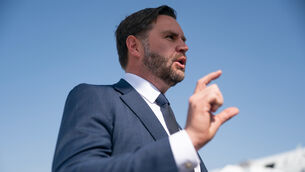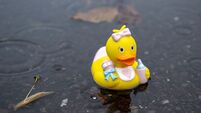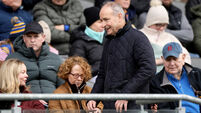Donald Trump tells new Japanese prime minister US is an ‘ally at strongest level’
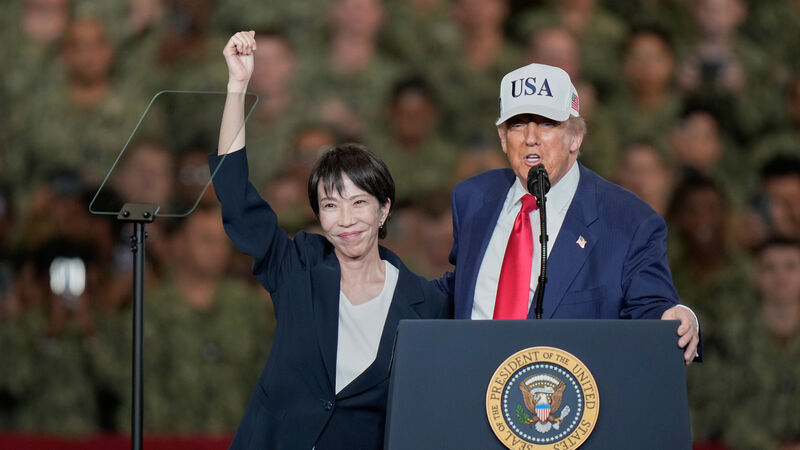
President Donald Trump has taken new Japanese prime minister Sanae Takaichi to speak to US troops aboard an aircraft carrier during his tour of Asia.
Mr Trump, who is trying to agree a 550 billion-dollar (£413 billion) Japanese investment as part of a trade deal, paid Ms Takaichi a compliment when they met, telling her: “That’s a very strong handshake.”
In return Ms Takaichi, who took office on October 21, said Japan would give Washington DC 250 cherry trees next year to honour America’s 250th anniversary, as well as fireworks from the Akita Prefecture for July 4 celebrations.
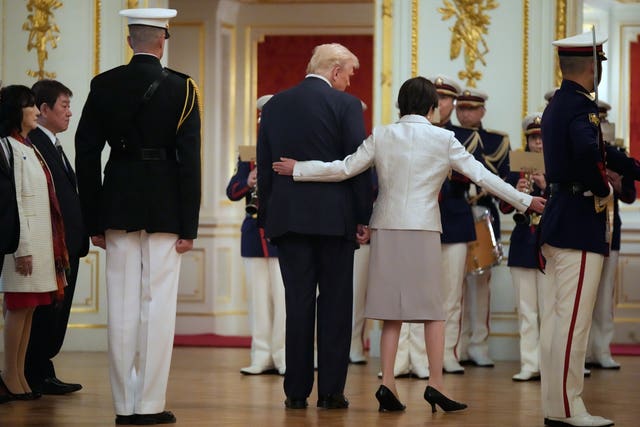
She used her early remarks during the presidential visit to mention former prime minister Shinzo Abe, her arch-conservative mentor who forged a strong bond with Mr Trump during his first term through their shared interest of golf.
“As a matter of fact, Prime Minister Abe often told me about your dynamic diplomacy,” she told the president, and gave him a putter Mr Abe had used during a round of golf with Mr Trump six years ago.
Mr Trump called her role as Japan’s first woman prime minister a “big deal,” putting an emphasis on the US commitment to Japan.
He added: “Anything I can do to help Japan, we will be there. We are an ally at the strongest level.”
Ms Takaichi is primed for a charm offensive, including a potential purchase of Ford F-150 trucks.
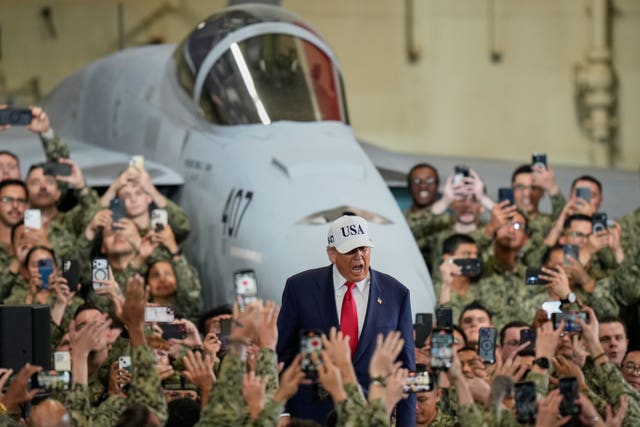
Reporters arriving for the event were taken past a gold-hued Ford F-150 as well as what appeared to be white American-made Toyota vehicles parked outside the Akasaka Palace, which is Tokyo’s guest house for visiting foreign leaders.
Mr Trump has often complained that Japan does not buy American vehicles, which are often too wide to be practical on narrow Japanese streets.
The Japanese delegation also made the strategic choice to serve American beef and rice during a working lunch that was mixed with Japanese ingredients, at which the two leaders also discussed efforts to end Russia’s war in Ukraine.
Both leaders signed the implementation of an agreement for the “golden age” of their nations’ alliance.
When the document was held up after signing, it ran to less than one page and reaffirmed the earlier framework by which the US would tax goods imported from Japan at 15% and the creation of a 550 billion-dollar fund for Japan to invest in the US.
Mr Trump and Ms Takaichi then signed a second agreement laying out a US-Japan framework for securing the supply of critical minerals and rare earths.
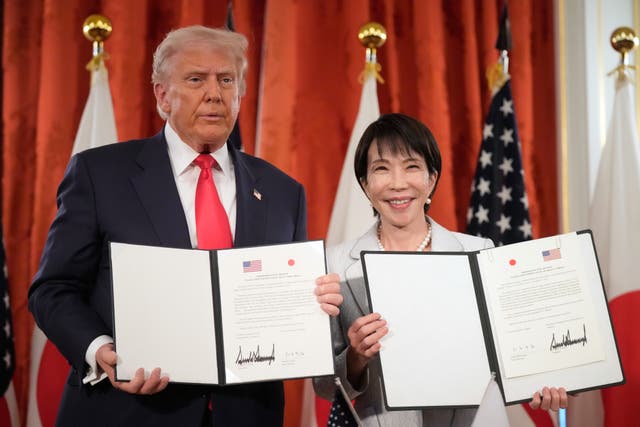
That agreement suggested that some of the investment dollars would go to the development of rare earths needed for advanced technologies.
White House press secretary Karoline Leavitt told reporters that Ms Takaichi would be nominating Mr Trump for the Nobel Peace Prize.
Although Mr Trump has focused his foreign policy toward Asia around tariffs and trade, he also spoke aboard the USS George Washington, an aircraft carrier docked at an American naval base near Tokyo.
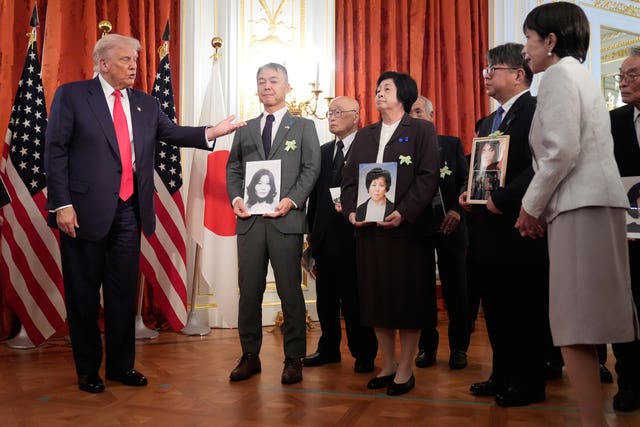
The leaders also met with Sakie Yokota, 89, and others whose loved ones were abducted by North Korea decades ago.
In 1977, Yokota’s then-13-year-old daughter Megumi was taken to North Korea from Japan’s northern coast on her way home from school.
“It’s a critical moment. We are getting old and this decades-old problem that has been left unresolved is now in the hands of our children,” Ms Yokota said.
“I desperately hope President Trump would have good talks with (North Korean leader) Kim Jong Un and convince him to return our loved ones.”
The president arrived in Tokyo on Monday, when he met with the emperor in a ceremonial visit, after attending the annual summit of the Association of Southeast Asian Nations Kuala Lumpur, Malaysia.
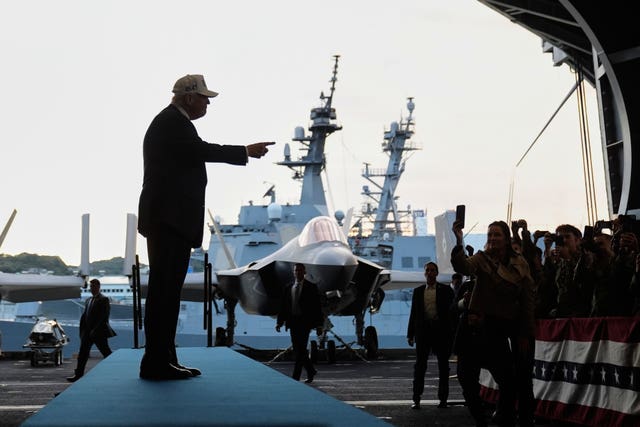
There were signs that tensions between the US and China were cooling off ahead of a planned meeting between Mr Trump and Chinese leader Xi Jinping, which is expected to take place in South Korea later this week.
Top negotiators from each country said a trade deal was coming together, which could prevent a potentially damaging confrontation between the world’s two largest economies.
Details were scarce, and it was unclear how much any agreement would resolve long-standing issues, or if it would return the relationship to the status quo before recent confrontations.
China has restructured the export of rare earth elements that are critical for high-tech manufacturing, and Mr Trump responded by threatening tariffs that even he admits would be unsustainable.
Mr Trump is scheduled to leave Japan on Wednesday for South Korea, which is hosting the Asia-Pacific Economic Co-operation summit.



